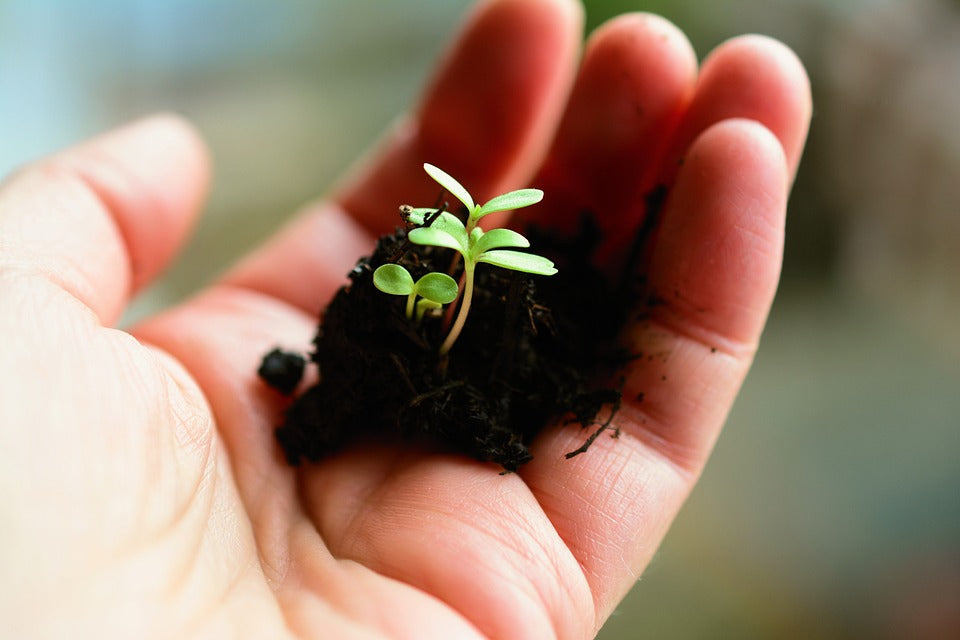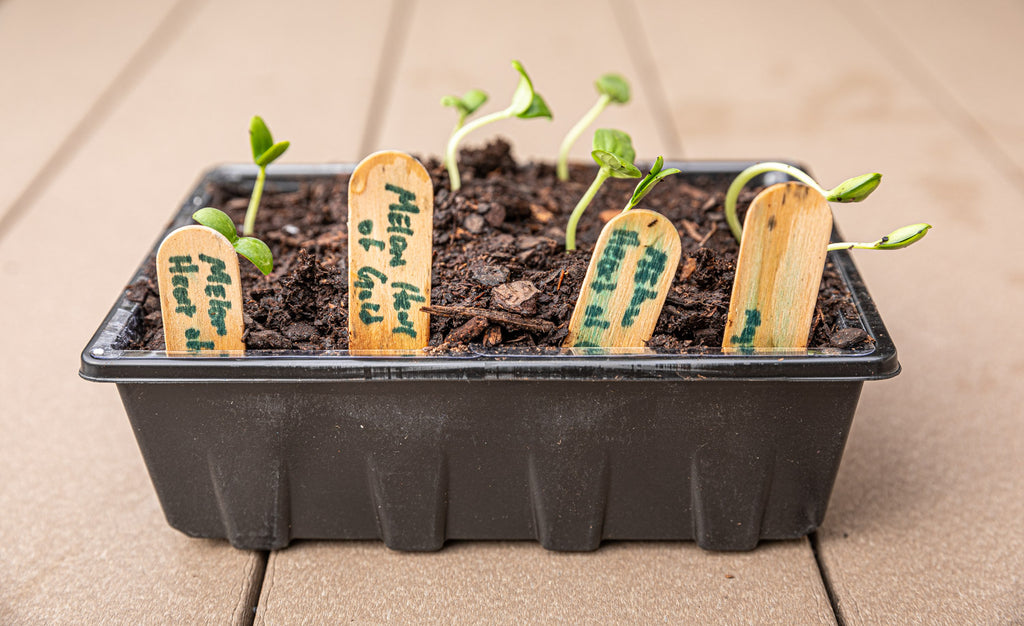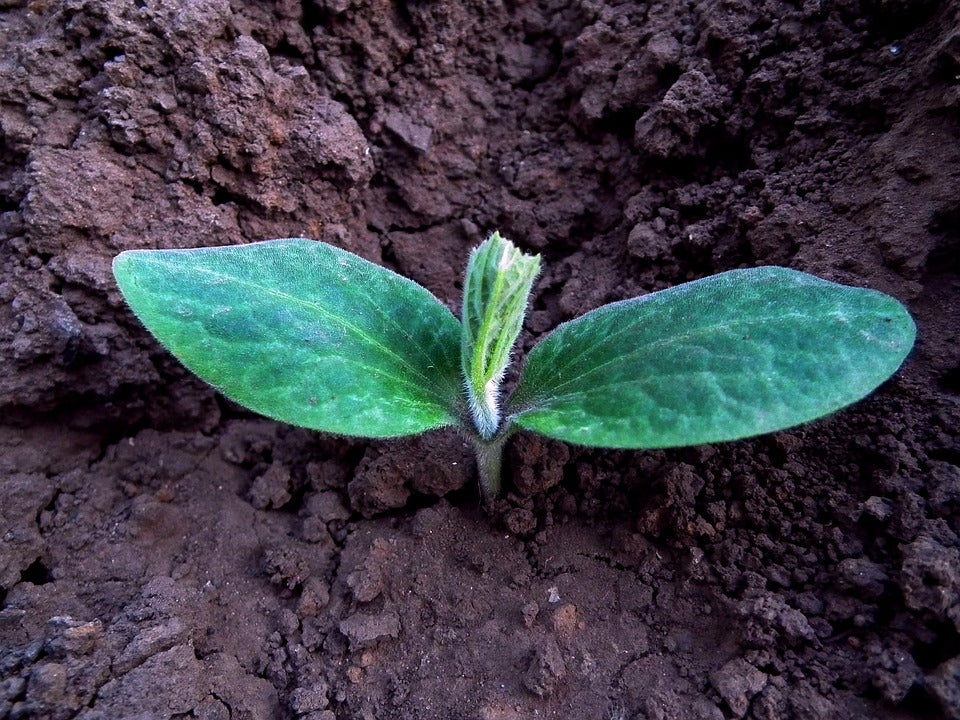
Here at Gardzen, we love to hear from you and we especially love answering your gardening questions! One of the most common this time fo the year is “which is better, transplanting or direct seeding?” It’s easy to see why this comes up so much—we’re all trying to get our gardens started the best way possible and ensure that our plants begin life on the right foot! As with so many issues in gardening, the question of transplanting vs direct seeding doesn’t have a clear-cut, one-size-fits-all answer. Rather it depends on the plants in questions and the conditions under which they’ll be planted. So, as always, let’s dig in and see what we can learn!
A couple of quick definitions before we started: for purpose of this discussion, “transplanting” means starting a plant from seed or a cutting indoors (often in a seed tray), letting it grow a bit, and then moving it outside when it’s a bit more mature and the weather is better suited for it. Starting plants indoors or in greenhouses and then transplanting allows us to extend the growing season, increase germination rates, and helps some plants have a better chance at success. “Direct seeding” is just what it sounds like: planting the seed directly in the plant’s intended permanent location (whether in a bed or in a container) and letting it grow there.

Some plants benefit from starting indoors and transplanting—indeed, for some it’s a necessity. For instance, due to a combination of small seeds, delicate seedlings, and a long-ish growing season, most nightshade plants benefit from starting indoors early in the season (mid-late winter in some cases) and then transplanting later. These include eggplants, peppers and chilies, tomatillos, and tomatoes. Other plants with smaller seeds or longer growing seasons include onions, leeks, celery, and many brassica greens like cabbage, collards, kale, and Brussels sprouts. Starting these indoor well before their growing season and then transplanting a reasonable mature seedling is often the best choice.

By contrast, some plants do no like to be transplanted and do much better with direct seeding. These include anything with a particularly delicate root system, including many popular garden annuals like snapdragons and nasturtiums. Likewise, some very popular veggies have similar needs: spinach, carrots, peas and beans, okra, radishes, and turnips. These plants do best when planting directly in properly prepared soil at the right time of the year, and given the care they need in place.

There are, of course, plants that fall somewhere in between. Some folks swear that melons, including watermelon, only do well when direct seeded. Others grow them in seed trays at first and then transplant later. Many gardeners grow their brassicas from starts or seedlings without trouble; others find it difficult. There’s a level of experimentation in all aspects of gardening, and it would seem that in this case we may all just have to try multiple approaches and see what works best. This can be a fun gardening experiment if you have extra seeds, and an interesting way to do your succession planting throughout the season.
We hope this blog answers a common gardening question, at least in part, and helps you plan your spring and summer garden this year—and beyond. If you’ve got advice about which plants benefit from a specific approach or technique, or any further questions about gardening, please get in touch! Gardzen is all about community and we love to hear from you!

Leave a comment